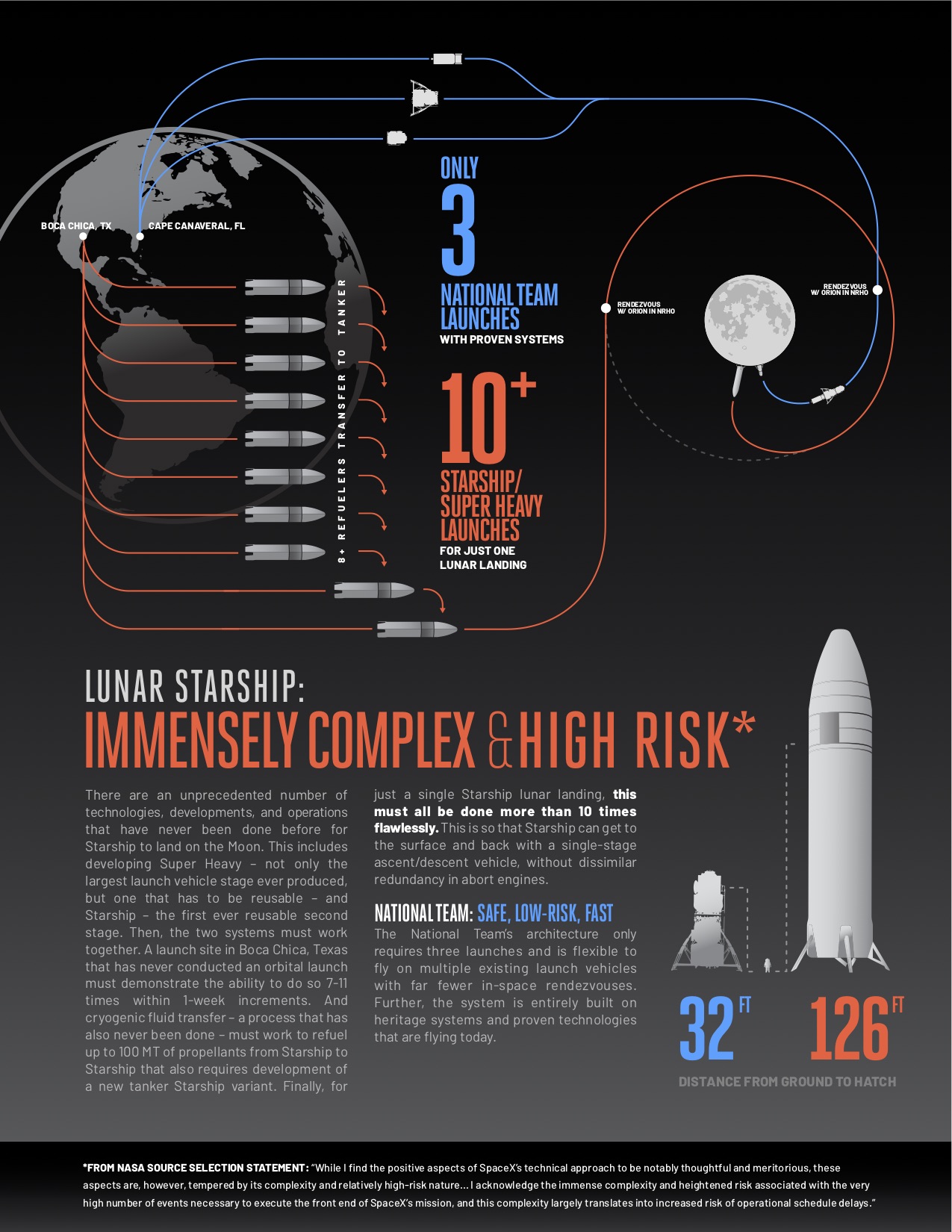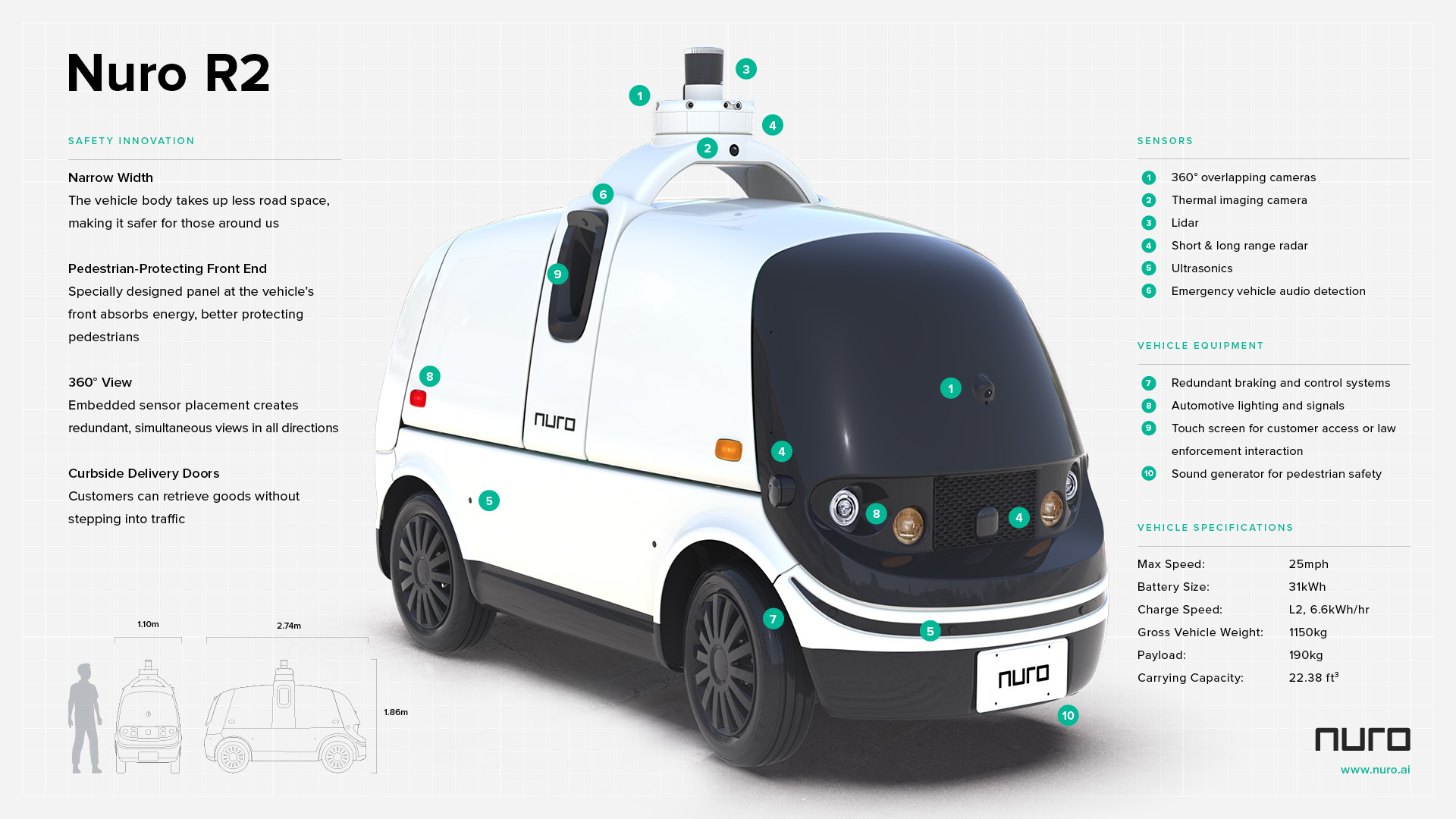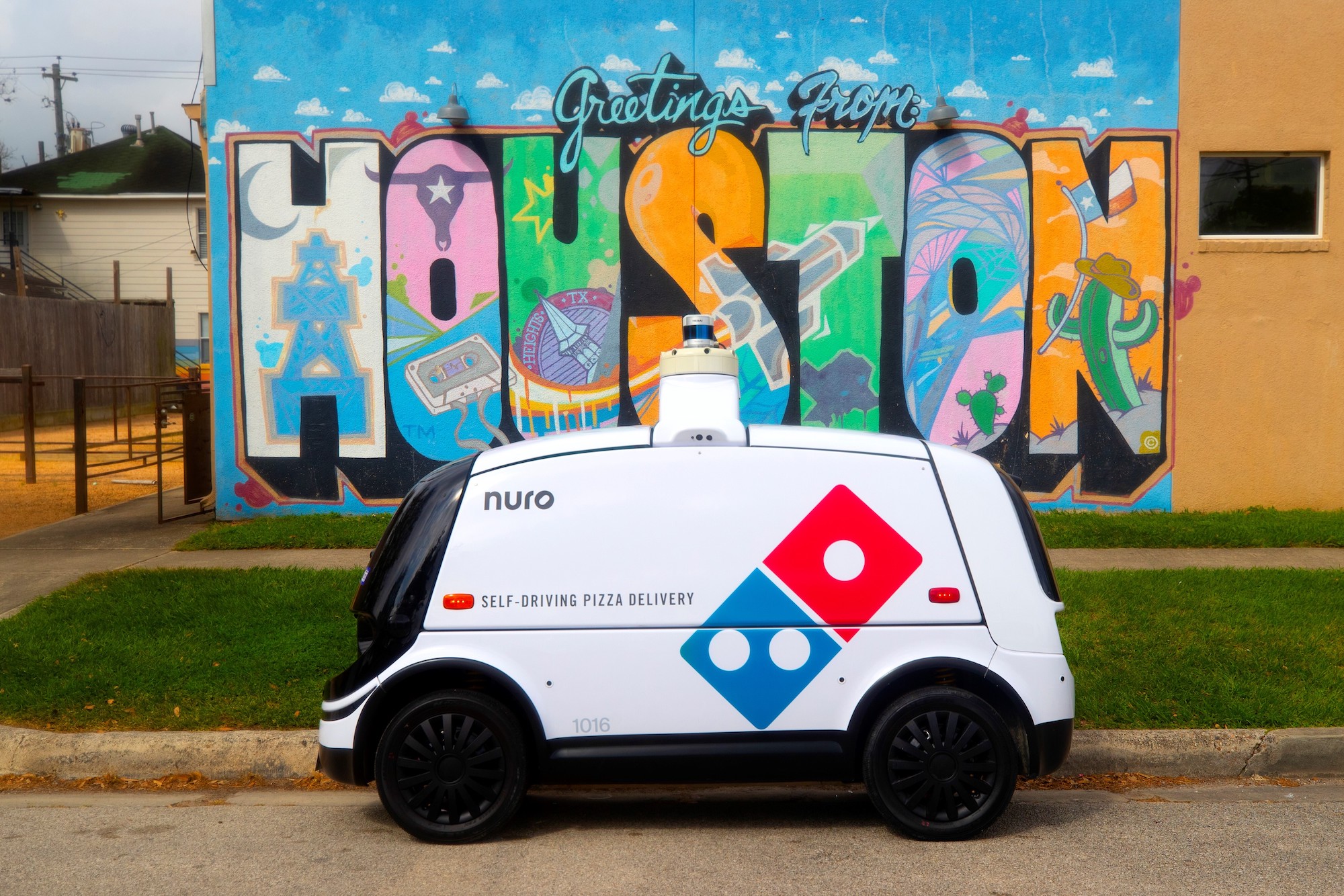News: Tinder will soon make voluntary ID Verification available globally
Tinder announced this morning that in the “coming quarters,” users will be able to verify their ID on the app. This feature was first rolled out in Japan in 2019, where Tinder users must verify that they are at least 18 years old. Aside from places like Japan, where this is mandated by law, ID
Tinder announced this morning that in the “coming quarters,” users will be able to verify their ID on the app. This feature was first rolled out in Japan in 2019, where Tinder users must verify that they are at least 18 years old. Aside from places like Japan, where this is mandated by law, ID verification will “begin as voluntary,” Tinder wrote in a blog post.
ID verification will be free for all users, similar to its photo verification feature. According to a Tinder spokesperson, the company will also use ID verification to cross-reference data like the sex offender registry in regions where that information is accessible. Tinder already does this via credit card lookup when users sign up for a subscription. Per its terms of use, Tinder requires that users “have never been convicted of or pled no contest to a felony, a sex crime, or any crime involving violence, and that you are not required to register as a sex offender with any state, federal or local sex offender registry.”
The existing photo verification feature adds a Twitter-like blue check to a user’s profile, while ID verification will yield another distinct badge. That way, users can tell whether or not a potential date has confirmed their identity via photo verification, ID verification, both or neither.
“Creating a truly equitable solution for ID Verification is a challenging, but critical safety project and we are looking to our communities as well as experts to help inform our approach,” the company wrote.
While Tinder has made continued investments in safety features, free ID verification can only go so far — especially when voluntary, putting the onus on individual users to decide whether or not they feel comfortable meeting up with unverified users. But in March 2021, Match Group, the parent company to Tinder, announced its seven-figure contribution to the nonprofit background check company Garbo. Garbo’s background checks could help detect dating app users with a history of violence or abuse, but we have yet to see how that will be integrated into Tinder, and if users will be charged for access. Notably, Garbo conducts “equitable background” checks, meaning that it will exclude drug possession charges and minor traffic incidents on its platform, citing the way that these charges are disproportionately levied against vulnerable communities.
Though Tinder said it will not be using Garbo’s tech to power its ID verification tools, the company noted to TechCrunch that it will have more information to share about background checks via Garbo in the fall. Tinder didn’t share whether or not access to information from Garbo will be paywalled. At the time of the acquisition, Match Group said it would determine pricing — if it does choose to paywall this information — based on factors like user adoption, how many people want to use it and how many searches they want to perform.
Tinder’s investment in safety features is encouraging, but if left behind a paywall, impact may be limited. Match Group faced serious scrutiny in December 2019, when an investigation by Columbia Journalism Investigations (CJI) and ProPublica found that the company screened for sexual predators on Match, a paid service, but not on free apps like Tinder, OkCupid and PlentyofFish. At the time, a spokesperson for the company said, “There are definitely registered sex offenders on our free products.”
In January 2020, Representative Raja Krishnamoorthi (D-IL) launched an investigation into user safety policies on dating apps, sending letters to Match Group, The Meet Group, Bumble and Grindr. He wrote, “Protection from sexual predators should not be a luxury confined to paying customers.” The following month, U.S. Representatives Ann Kuster (D-NH) and Jan Schakowsky (D-IL) wrote a letter to Match Group, signed by nine other representatives, stating their concern that Match Group doesn’t cross-reference user responses with sex offender registries.
Around the same time, Match Group made several moves to invest more deeply in user safety — for example, it acquired Noonlight in January 2020, which allows users in the U.S. to share who, when and where they’re meeting someone. In dangerous situations, users can discreetly trigger emergency services — Noonlight will first reach out to the user, then call 911 if necessary (Noonlight’s basic version is free, but some features like connecting to an Apple Watch, Google Home or Alexa are only available by upgrading to a $5 or $10 monthly plan). Features like these can be controversial due to concerns about police intervention, but might help some users feel a sense of security. But blocking offenders prior to signup could lessen the need for such intervention in the first place.





